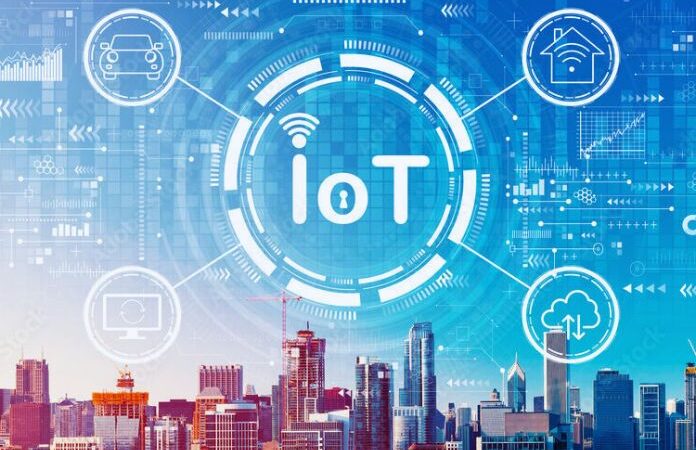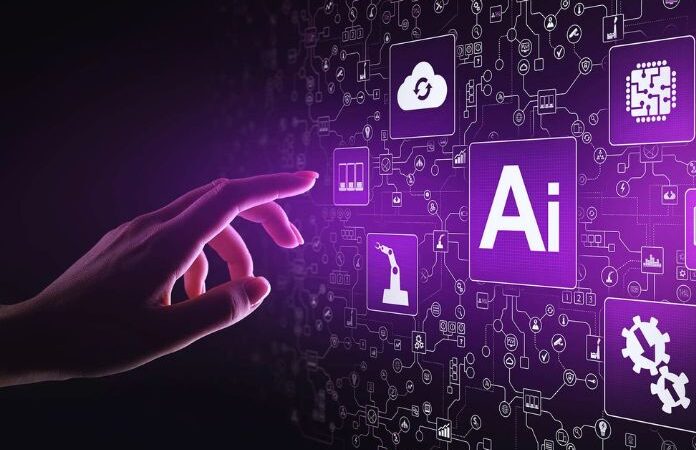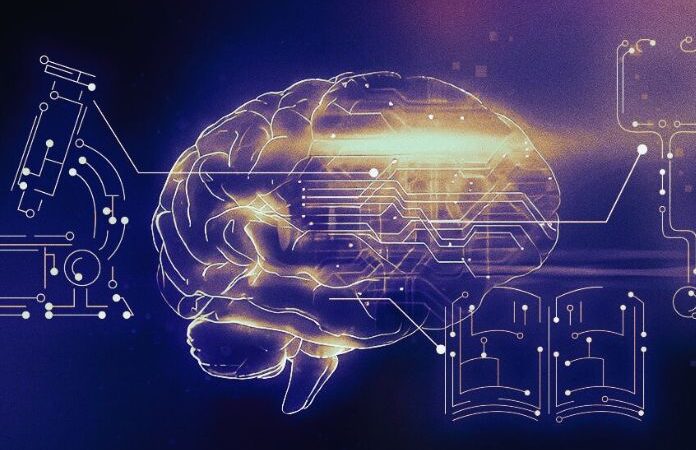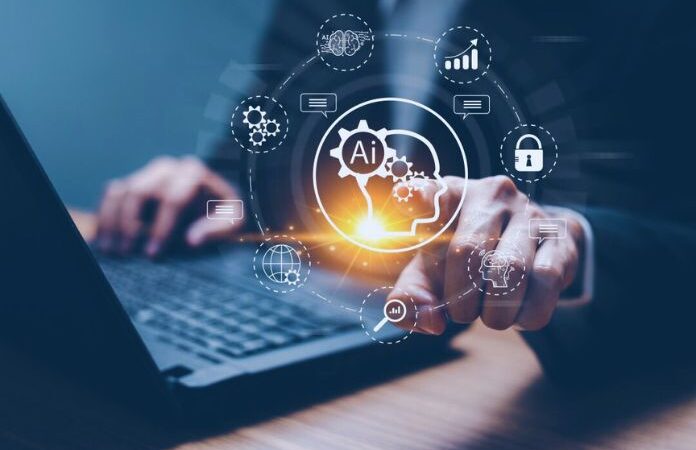How Does Bitcoin Work?

Bitcoin is a cryptocurrency. It is a kind of digital voucher that can be used as a means of payment that transmits value electronically very quickly and safely between two users without the mediation of a third party (a bank or a company like PayPal). Cryptographic techniques allow you to ensure that the value you receive is authentic, even if you don’t know who is sending it or don’t trust it.
Bitcoin does not have an intrinsic value because it is not backed by anything physical nor by a law or a State (as is the case in so-called fiat currencies: the dollar, the euro, and all traditional currencies), but rather the community of its users It is the one that marks its value at all times, depending on the user that they appreciate in it.
As is also the case with traditional currencies, economic theory says that the value of bitcoin increases as its use grows: the more it circulates, the more it can be exchanged for other goods or services.
Table of Contents
Digital gold
Bitcoin is something finite and limited so it is compared to gold. According to the computer protocol that created it, only 21 million bitcoins can be issued, not one more, not one less. Currently, some 16 million bitcoins have already been generated and distributed. The only way to generate this cryptocurrency is through the process called mining.
The miners are members of the network who download specific bitcoin software to participate in the cryptographic competition that opens each time a block has to be added to the chain. As explained in the mining section, the winner of that race earns a reward in new bitcoins, which are thus put into circulation. The cap set on the issuance of this cryptocurrency distinguishes it from traditional currencies, whose production is used by central banks to regulate the liquidity of a monetary system and thus the economy gets influenced.
Decentralization
This network gives users secure transactions thanks to a new technology that emerged with bitcoin, called a blockchain. That chain is like a digital ledger of accounting records.
It is made up of blocks that group bitcoin transactions and that are hooked as links after all connected computers have mathematically verified that they comply with the cryptographic parameters of bitcoin. All the computers that make up the user network store a copy of the bitcoin blockchain, which is constantly updated to incorporate each new link.
Bitcoin Mining
Bitcoin mining is the process of recording bitcoin transactions – which generates the blocks of the chain and also creates the bitcoins themselves – was baptized as mining, as a replica of the gold mine. The details of a transaction have to be added to the chain distributed to all members of the network within a block of encrypted data.
To close each of those blocks and hook it to the chain, Nakamoto devised a consensus protocol dubbed proof of work, where the users they want – the so-called miners – compete to solve a puzzle, a complex equation and encryption. The result of this problem is a unique mathematical function that identifies the block and turns it into a link in the chain, mathematically consistent with the previous links.
Identification
The users do not have to be identified but operate under pseudonyms. In addition, the network is electronic and covers the whole world; bitcoins and transactions are not registered in any country in particular, which are not subject to any national legislation. These features have made the system very attractive to criminals.
However, according to analysts, the transactions of funds linked to criminals and illegal activities are only a small part of those that are processed in the network of this cryptocurrency.
There are no registration restrictions or controls. Anyone can become a user of this cryptocurrency, since its code is open and it is enough to download its free software to be able to make transactions and, at the same time, become part of the bitcoin network.
Inflation
It is an emission cap to avoid inflation. With the limitation to generation, it was tried to avoid inflation in the prices measured in bitcoins and to prevent that, in the face of an increase in demand, the manufacture of that currency would multiply, thus losing the value that it gives to be something finite, which ends. Thus, bitcoin is what is known in economics as a deflationary system, which also contains dangers.
For example, since the creation of currency is limited, a strong increase in demand can multiply the price of bitcoin itself. Its defenders insist that this will only happen if the perception grows that bitcoin is valid to be used as a currency. Precisely the strong volatility of its price has marked the history of bitcoin from its origin and has convinced some that, unlike gold, it does not serve as a reserve value because its price can change a lot and very quickly, both upwards and towards down.
Also Read: What Are The Types Of Content Marketing?
High Energy Consumption
The more computing power there is in the network, the more complicated the equation to be solved and the higher the power consumption required to move forward. The intensive use of energy is one of the most serious problems of the system, whose environmental impact has skyrocketed.
It is estimated that a bitcoin transaction currently consumes as much electricity as the average American household in an entire week. Another risk is that few miners concentrate a lot of mining capacity. However, mathematically, it has been proven that, if more than half of the computing power of the network is controlled by a single entity, the rest of the users reject it and a division of the chain can occur, which leaves those who tried to dominate the chain isolated.
The miners who solve the puzzle receive their prize in new bitcoins, although they have also begun to charge commissions paid by the user so that their transactions take priority over others and are processed earlier.
Transaction Log
Being public, being distributed on thousands of computers, it is impossible to modify the records of the chain. If someone tried to do this, the discrepancy with the copied string on each computer would be automatically detected and the change would be ignored. For example, if someone tried to manipulate the blockchain to return some bitcoins that they have already spent on purchases, the network would reject that modification because it does not match mathematically with what is registered in the chain.
The history of each bitcoin can be traced through that chain, from its creation, through each transaction. Therefore, experts warn, as bitcoin tracking programs have been perfected, criminals have been abandoning that cryptocurrency to switch to others, such as Monero or zCash, whose algorithms, for example, are changing public keys and mixing bitcoins of the same operation in different wallets or purses.
The security of the bitcoin system is very high, but the digital platforms that serve to exchange other currencies for bitcoin, are not. It is the same that happens with banks that, despite their security measures, can be stolen.






